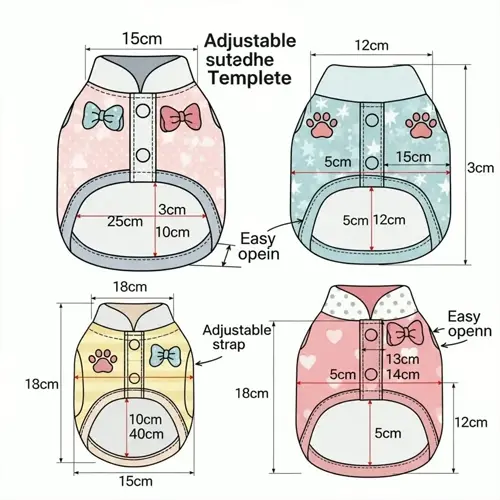Can fetch training help with behavioral issues?

Written by
Kailani Okoro
Reviewed by
Prof. David Walsh, Ph.D.Structured fetch training effectively resolves behavioral issues caused by a lack of essential life skills. It develops reliability through repetitive fetching. It teaches patience by requiring a stays before contacting the toy. The training provides constructive outlets for instincts, which significantly reduce destructive chewing and uncontrolled chasing behaviors.
Impulse Control
- Mandatory 'stay' before throws builds patience
- Delayed rewards teach self regulation
- Reduces door dashing and jumping behaviors
Destructive Chewing
- Provides approved outlet for natural chewing instincts
- Redirects to appropriate toys during training
- Reduces furniture damage through constructive alternatives
Recall Reliability
- Repetitive returns reinforce coming when called
- Builds positive association with returning to owner
- Translates to emergency situations like road safety
Recall reliability is enhanced by defined returning procedures. Every successful retrieve finishes with a reward for the owner's area. To return has become a positive reinforcement experience. My client's escape artist terrier ceased its bolting behaviour after consistent fetch work. Real-life recall becomes more reliable.
Impulse Control is obtained through enforced pauses, taking moments before the throw to practice delayed gratification. Start with 1 second and work up to 30 seconds. It can be applied to all areas, such as waiting at doors. The dog learns self-regulation instead of reactivity.
Chasing instincts provide an outlet through structured retrieves. The structured format allows for the excitement of prey drive to be driven safely. Your dogs now direct their energy toward appropriate targets rather than squirrels or cars. When these sit-stations are reinforced with structured retrieves, you can reduce dangerous chasing behavior in a controlled manner.
Strengthening communication through repeated commands helps build understanding. By giving clear fetch, give, and stay commands, mutual understanding develops. And, the same awareness evolves into the other training sessions. The owner learns to read dog body language with greater skill and improves the overall quality of the relationship that stems from these lessons.
Read the full article: 7 Step Dog Fetch Training Guide

